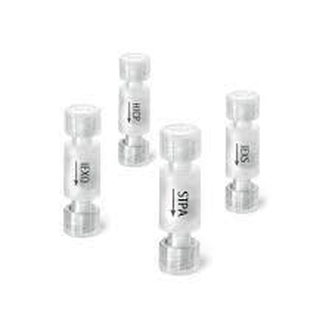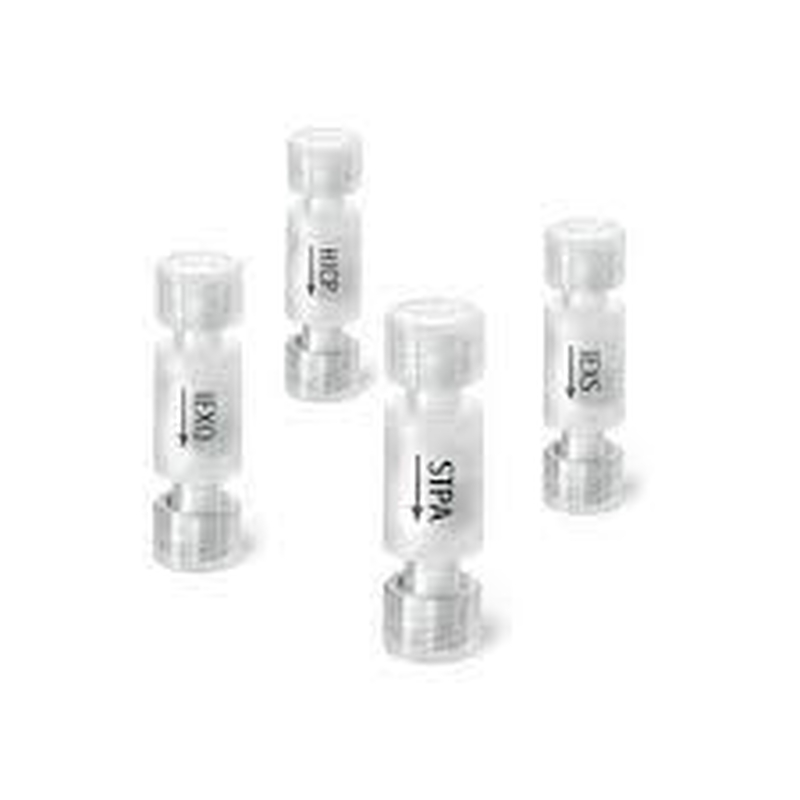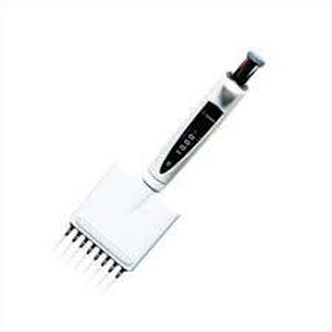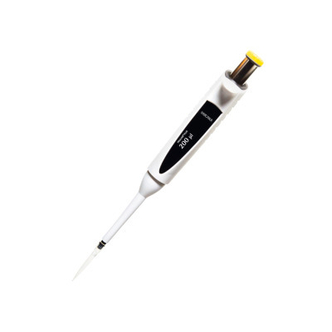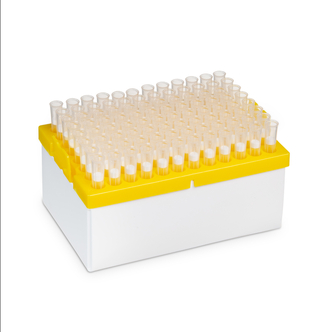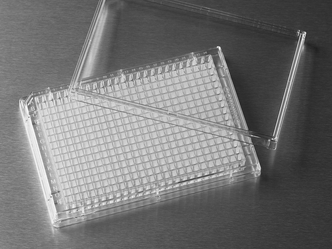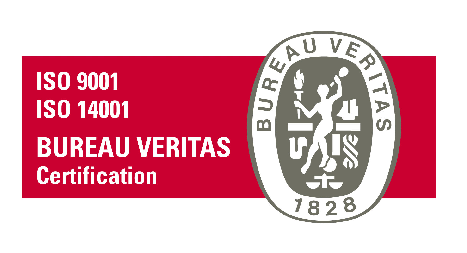Sartobind® Phenyl accomplishes polishing and capturing ten times faster than do conventional HIC resins. The membrane shows comparable, high binding capacity, without size exclusion effects, for proteins in a range of 20 mg mAb/mL membrane, as well as excellent resolution and impurity reduction. Hydrophobic interaction chromatography (HIC) separates and purifies biomolecules based on differences in their hydrophobicity. The phenyl membrane adsorber follows the same rules known from the conventional hydrophobic interaction chromatography. Due to the large pore size, membrane adsorbers show excellent flow properties. There is almost no diffusion limitation of mass transport compared with conventional bead chromatography. Buffers with high concentrations of salt promote the adsorption of proteins on the hydrophobic membrane matrix. Proteins are eluted by decreasing the salt concentration in the elution buffer. The salt dependence of the membrane is comparable to that of columns with ammonium sulfate, sodium chloride and sodium citrate. Applications: HIC is a powerful method for differentiating target protein and hydrophobic contaminants. Large proteins bind more strongly than do small ones and aggregates even considerably better than monomers due to multipoint attachment. Buffer with a high ionic strength, usually ammonium sulfate, is initially added to the protein solution. Salt ions in this solution reduce the solvation of solutes in the sample. As solvation decreases, hydrophobic regions that become exposed are adsorbed by the hydrophobic membrane matrix. In the HIC membrane, flexible cellulose is used as a backbone for the phenyl ligand. The membrane can be regenerated by using either water or alcohol. The HIC membrane is used for the removal of: · Aggregates · Host cell proteins · Viruses · Endotoxins · Lipids, dyes, detergents and anti foam agents · Leached chromatography ligands The Phenyl membrane can be used also for binding large proteins such as: · Monoclonal antibodies · Conjugated vaccines, viruses and phages · Oligonucleotides Benefits: HIC membranes offer the following advantages over conventional HIC columns: · Excellent reduction of aggregates · 85 % buffer savings · 75 % of time saved Easy to use: · Plug and play devices from 0.08 ml to 5 l · Can be used like a filter · Flow rate up to 5 bed volumes/min · Re-usable >100 cycles or disposable
